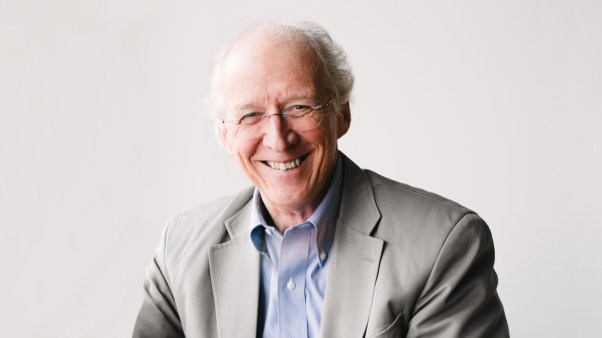The saddest thing about a certain high-poverty community in Tulsa, Oklahoma, is that everyone wants to leave. Anyone with an economic upturn quickly moves away to a better place. As a result, the neighborhood, especially the Eugene Field Elementary School in the heart of it, is caught in a perpetual cycle of need.
Enter Don and Emily Renberg from First United Methodist Church in Tulsa. They’re well-known in the neighborhood because they go to the school so often, sometimes for the entire day. They coordinate an extensive mentoring program for students.
The Renbergs aren’t paid to do this. They’re volunteers. But with their business savvy and entrepreneurial smarts, they’ve figured out both how to genuinely help the Eugene Field community and how to recruit peers at church to lend hand and heart at the school. They chose to move “from success to significance” by serving this community in partnership with their church. First Methodist embraced the idea of discovering and deploying high-capacity leaders who, in too many churches, sit untapped in the pews.
“Our pastors see the benefit in freeing volunteer leaders to do what God is calling them to do, and then they empower us to do it,” says Clark Millspaugh, another volunteer at Eugene Field. Clark’s day job involves running an oil and gas exploration company, but his passion is running men’s ministry at the church, and involving others like himself. “A few years ago I read Bob Buford’s book Halftime, and its theme of moving from ‘success to significance’ hit a responsive chord with me,” he explains. “I love to find people going through some kind of transition, to pray with them, and to help them make a difference in our community.”
Indeed, the church’s leadership has become more intentional about discovering seasoned marketplace leaders and letting them lead. Dr. Wade Paschal, senior pastor, said, “We have a history of saying to people, ‘Where do you think God wants this church to be in ministry?’ and then giving them a real opportunity to do something about it.”
A mechanism that works
People like Clark Millspaugh and the Renbergs are exactly those First Methodist wants to find. The church created a simple way to discover and match Halftimers, who often fly below the radar screen of the church leadership, with big-challenge serving opportunities. Key to the process is Collaborative Day (described at www.halftime.org/howtomanual), which brings Halftimers together with the senior leadership of the church to dig deeply into some of the greatest opportunities the church faces.
“Part of the day is spent discussing the church’s biggest opportunities—an efficient way for church leadership to get to know these people and see them use their marketplace skills on ministry ideas,” says Lloyd Reeb, director of The Halftime Group, and author of From Success to Significance (Zondervan, 2004). “The second part of the day enables Halftimers to explore their own second-half calling, gain peer input, and begin to match with the serving opportunity they are most passionate about.”
The results of Collaborative Day take different directions. “As follow up, my wife and I read From Success to Significance and did its practical exercises on how to find more margin in our lives,” says Clark Millspaugh. “I’m using it with a men’s group I lead to help them create margin in order to do those things of greater significance.” Others, such as Dan and Terry Young, hit the streets after Collaborative Day, starting a Eugene Field Community Night.
A Collaborative Day approach may be new turf for many churches, but it offers solid, long-term payoffs according to Pastor Paschal. “We have to remind ourselves that there is risk in controlling people just as there is risk in letting people loose. I firmly believe the risk of not doing is greater than the risk of doing.”
Copyright © 2005 by the author or Christianity Today/Leadership Journal.Click here for reprint information onLeadership Journal.









